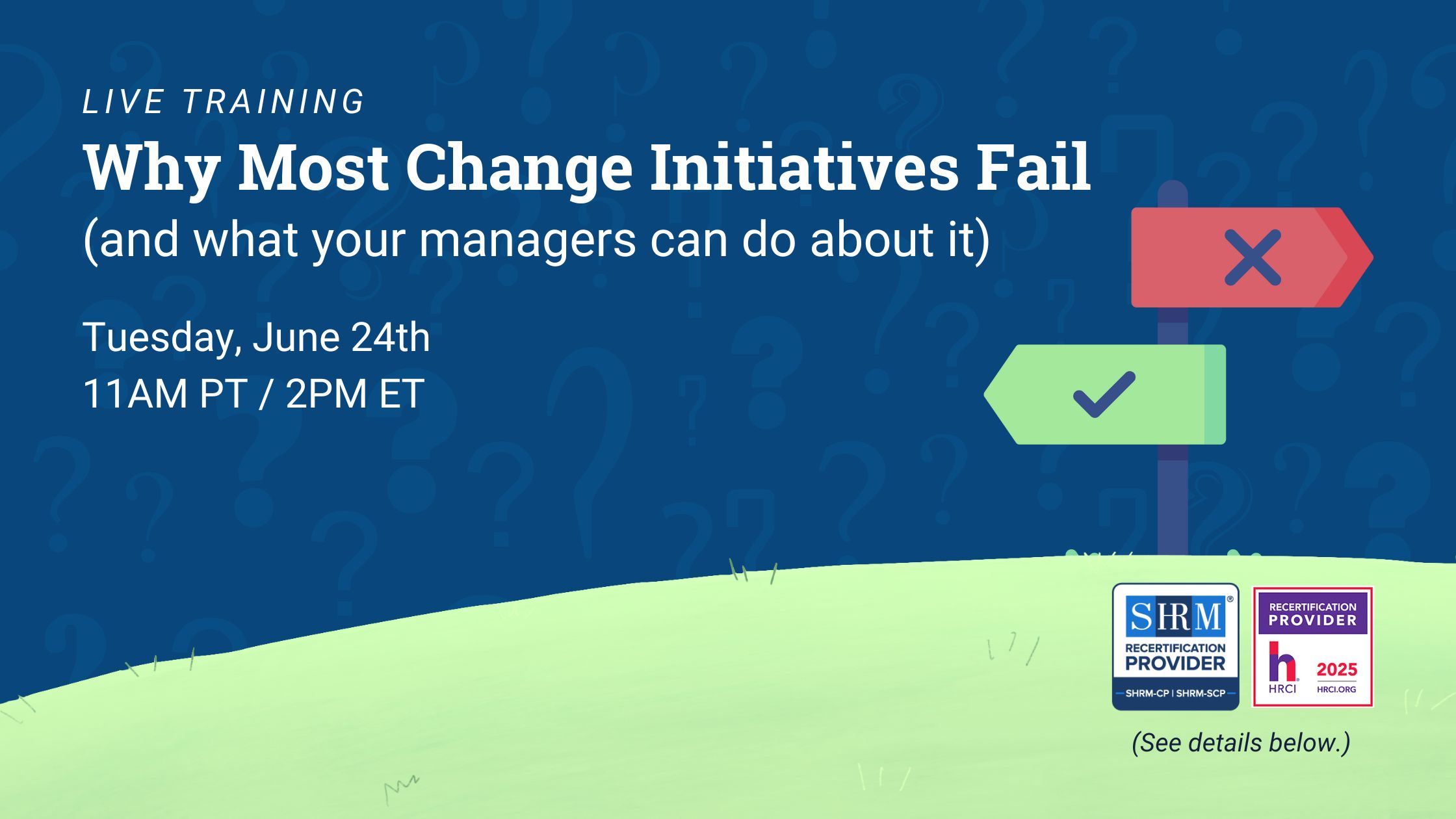Group flow, often referred to as collective flow or team flow, is a dynamic state of collectiveness where a team collaborates seamlessly, achieving a shared goal with optimal creativity and productivity. Similar to individual flow state, group flow is characterized by a shared sense of focus, synergy, and a seamless blend of skills and challenges. Achieving group flow involves a harmonious fusion of individual talents within a team, propelled by a common, clear goal. It’s a holistic immersion where members are so deeply engaged that time seems to fade away, and the group becomes more than the sum of its parts. To attain group flow, fostering open communication, equal participation, and a balance between skills and challenges are vital. When a team experiences group flow, the outcomes are extraordinary—innovation soars, problem-solving becomes effortless, and the collective energy propels the group to unprecedented levels of success.
Watch this 7-minute video to learn how to improve performance at work and feel better doing it.
How Do You Build Group Flow in 2024?
Cultivating group flow involves a strategic combination of effective communication, a shared vision, and purposeful collaboration. Open and transparent communication is the linchpin, fostering an environment where team members feel comfortable expressing ideas and opinions. Establishing a common employee goal is equally pivotal, aligning individual efforts towards a unified objective that inspires collective commitment. Regular team meetings and feedback sessions enhance understanding and strengthen interpersonal connections, promoting a sense of cohesion.
Group flow coaching emerges as a powerful catalyst in this process. Career coaches facilitate team-building exercises, identify strengths and weaknesses, and guide individuals to recognize their roles within the collective dynamic. These coaches leverage psychological principles and performance strategies to enhance collaboration, promoting a state of flow within the team. Moreover, they help establish a feedback loop, allowing teams to learn from both successes and challenges, further refining their collaborative processes over time.
Additionally, incorporating technology that facilitates remote collaboration and project management can optimize workflow, ensuring seamless communication and coordination. Embracing a culture of adaptability and continuous improvement is essential as teams evolve and refine their approach to achieve and sustain group flow, thereby maximizing creativity, productivity, and overall performance.
7 Group Flow Principles to Follow
1. Communication
Effective communication is the backbone of group flow. Clarity in conveying ideas, sharing information, and expressing concerns is paramount. A shared language reduces misunderstandings, preventing potential roadblocks. Transparent communication promotes trust among team members, creating a supportive atmosphere where individuals feel comfortable expressing their thoughts, ultimately enhancing the collective intelligence of the group.
Encourage a culture of clear communication, where individuals value and consider diverse perspectives, fostering more profound understanding and connection within the team. This two-way communication dynamic enhances cohesion and elevates the overall quality of interactions.

2. Shared goal
A clear and compelling shared goal serves as the guiding light for the team, drawing individuals together and motivating them to overcome obstacles. Ensure everyone understands the goal, how their contributions are vital, and how their efforts contribute to the larger vision.
Implement reflection sessions where team members can discuss progress, share insights, and address any emerging challenges. Celebrate milestones and achievements to keep the team motivated and focused on the collective prize. This continuous alignment ensures that as the project unfolds, the team remains cohesive, adapting collaboratively to unforeseen obstacles while maintaining a collective commitment to the overarching objective.
3. Psychological safety
Psychological safety goes beyond just creating a comfortable environment; it also entails embracing failures as opportunities for growth. Establish a culture where mistakes are viewed as learning experiences rather than setbacks. Encourage team members to share their failures, dissect the lessons learned, and collectively strategize on improvements. This approach strengthens psychological safety by normalizing setbacks and also enhances the team’s adaptability and resilience, promoting continuous improvement within the group flow dynamic.
4. Diversity and inclusion
Elevate diversity and inclusion by fostering inclusive leadership within the team. Beyond acknowledging diverse backgrounds, actively seek and value diverse perspectives. Encourage an environment where every team member feels not only welcomed but also heard and respected. Inclusive leadership goes beyond static representation, actively incorporating diverse viewpoints into decision-making processes. This approach not only promotes creativity and innovation but also enhances problem-solving by tapping into the collective intelligence shaped by varied experiences, fostering a robust foundation for group flow.

5. Skills synergy
Go beyond identifying individual strengths by actively fostering upskilling efforts within the team. Encourage cross-training initiatives and facilitate the sharing of specialized knowledge. This approach not only enhances the collective skill set but also ensures that team members possess a diverse range of competencies. By understanding and appreciating each other’s strengths and weaknesses, the team creates a dynamic environment where members seamlessly complement one another. This synergy not only maximizes collective potential but also positions the team to tackle a wide array of challenges with agility and expertise.
6. Flexibility and adaptability
Adaptability is no longer an option in today’s fast-paced and unpredictable work environment; it’s an essential survival skill. Teams that can bend with the wind, respond effectively to unforeseen circumstances, and embrace change as an opportunity for growth are the ones that thrive. This goes beyond simply reacting to challenges; it’s about taking a proactive approach to navigate complexities and seize opportunities.
A flexible and adaptable team not only weathers storms but also actively scans the horizon for emerging trends and possibilities.
7. Immediate feedback
Timely feedback is the heartbeat of group flow. Swift responses, whether positive or constructive, keep the momentum going and guide the team towards optimal performance. In the flow state, individuals seamlessly adjust their actions based on real-time information. Embracing a culture of open communication and feedback creates a responsive and adaptive group dynamic essential for sustained collective success.
Want tips on how to perform and feel better at work? Watch this 7-minute video.
Conclusion
Group flow is a strategic imperative. In the state of dynamic group flow, challenges melt away as everyone instinctively anticipates and responds to each other’s needs. Ideas spark and flow freely, propelled by a shared focus and unyielding commitment to the team’s goal. Ego dissolves, replaced by a deep sense of connection and mutual respect, where each individual feels valued and empowered to contribute their unique talents.
As we navigate the complexities of teamwork in the future, group flow is the key to unlocking unparalleled success and innovation.
INTOO offers workshops and coaching to help create and boost individual and group flow in your organization. Contact us today to learn more.











